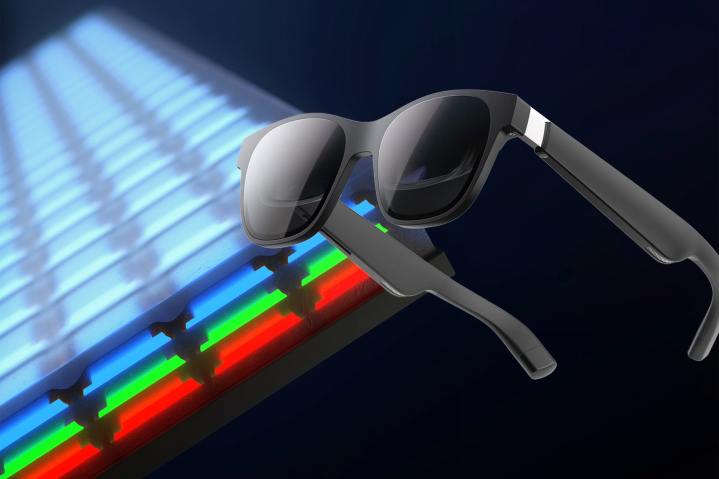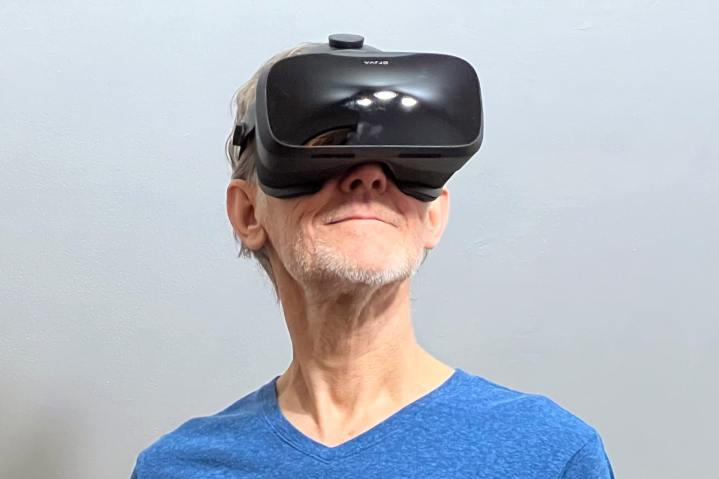Recent advances in microLED technology could significantly improve AR glasses and VR headsets in the future, according to some new research from MIT.
The report claims that vertical stacking could allow for microscopic pixels that provide full color in just 4 microns.

Head-mounted displays have, so far, relied on the same type of screens found in smartphones, tablets, and laptops. But these stacked microLEDs could challenges the way VR headsets are built in the future — and greatly expand their visuals.
Stacked microLEDs can increase resolution compared to the current method of placing red, green, and blue sub-pixels side by side to create each full-color pixel.
The resulting microLED display could theoretically have a resolution of 5,000 pixels per inch (PPI). That’s about 10 times the pixel density of your smartphone. While this resolution would serve no purpose on a screen held at arm’s length, it should greatly improve the quality of displays that are about an inch from your eye. VR displays can suffer from the screen door effect where the pixel grid pattern is apparent.
MicroLED displays also enjoy higher efficiency and improved contrast compared to LCD panels that require backlighting. Even mini-LED backlighting can’t compare since the light source is about one hundred times larger. That’s why you can sometimes see blooming around high-contrast areas in a mini-LED display.

The only competing technology that might be able to match the contrast and density is full-color microLED; however, OLED degrades much more rapidly over time.
MIT researchers are making good progress on vertically stacked microLED displays, having demonstrated a working stacked pixel. They’ve also designed a manufacturing process that reduces waste despite the challenges of working at such a small scale. The next hurdle is to develop a system that can individually control a vast array of these full-color microLEDs.
The transition from the lab to manufacturing is almost impossible to predict, but this is undoubtedly good news for the future of AR glasses and VR headsets.



